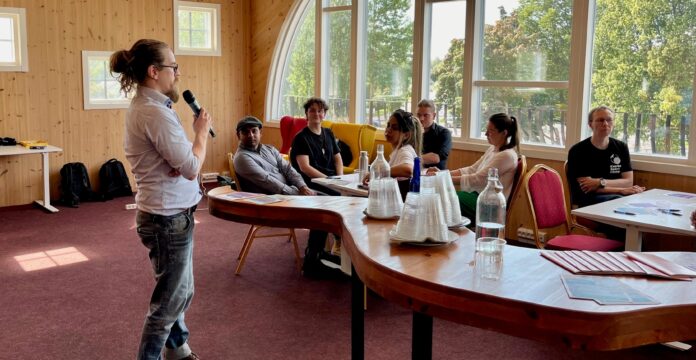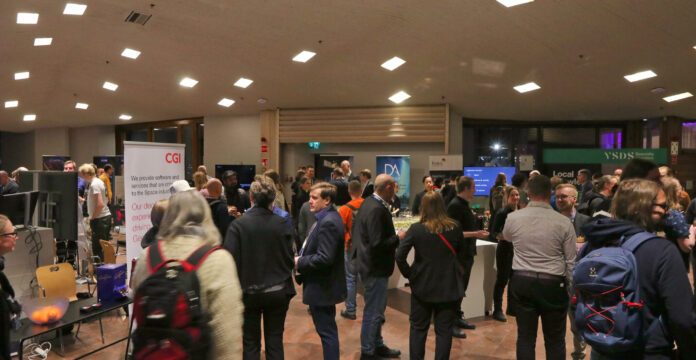Six years running strong, I am back at it again for another exciting Vaasa Game Days! From my children, I have become very familiar with how strongly gaming is a part of people’s lives and friendships. I have also dabbled with a few digital word games myself after seeing how much fun they were having. I am familiar with and can see the value of applying games in education, but the extent of which was a surprise to me!
An Everyday Tool
A quick look at digital media gives a plethora of games and gamification being used in different areas of life. For example, in health technology and education, gamification is used as an everyday tool, but other areas can also apply the dynamics of games, motivational and reward mechanisms. The motivational and reward mechanisms of gamification has also become a popular marketing and RDI tool being employed by companies globally.
Gamification also adds a sense of experience by facilitating users to really engage and commit to the task at hand. For example, gamification can make adopting a daily habit or a healthy lifestyle easier. Young adults in particular are used to gamification, which is why gamification is expected to transition into an daily, functional tool for future generations.
Gamification can make adopting a daily habit or a healthy lifestyle easier.
Valtteri Lahti aka Wanda, a games and creative science communications professional I interviewed for the Vaasa Insider news story, highlighted many positive aspects of games. Games allow people to fulfill themselves, learn and practice real-life skills, decompress from work and life stressors, and just have fun. Digital games also serve as an inclusive platform, to allow people of all backgrounds, genders, and capabilities whether it be language barriers to disabilities to interact with one another. Games breaks boundaries!
A Globalized Games Industry
The number and turnover of companies in the games sector has grown substantially over the last decade. Currently, the Finnish games industry has a turnover of over €3 billion, although most of this is generated by the largest games company in the country. The global turnover of the games industry is already approaching the $200 billion mark.
The distribution of companies in the games sector is somewhat like that of the companies in Ostrobothnia: there are many small companies, but only a few large ones. However, the games sector differs from other business activities in that games companies – or at least a large proportion of them – are global from the moment they are born, i.e. their games are geared towards international markets. According to Neogames, the umbrella organization for the Finnish games industry, 98% of Finnish games are exported and more than two billion people around the world have played Finnish games.
Although the games sector is Finland’s largest cultural sector in terms of turnover, it is not yet the savior of the Finnish economy. Nonetheless, its importance as an employer and taxpayer is expanding all the time. One key issue for the future success of the games sector is ensuring the availability of a skilled workforce. The aim is to increase education and training thus making it easier for international talent to move to Finland.

I will be attending Vaasa Game Days on 21-22 March to further update my understanding of what the gaming world is all about. Maybe the gaming experience will open up to me in a new way. Hope to see you there!
Johanna Haveri
The writer is a project coordinator at Digital Economy research platform as well as a freelance writer.
Elina Huculak edited the English version of the text.




